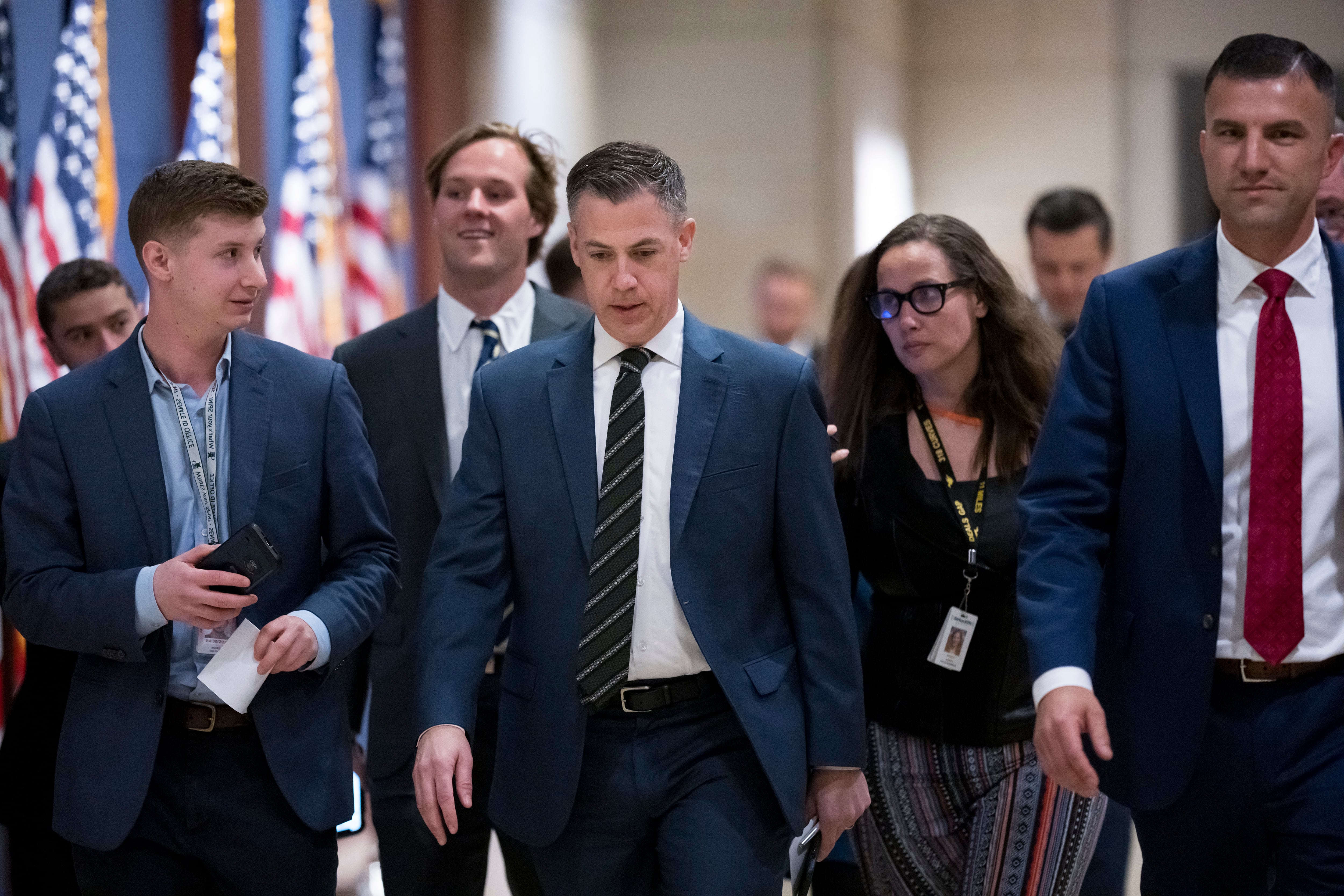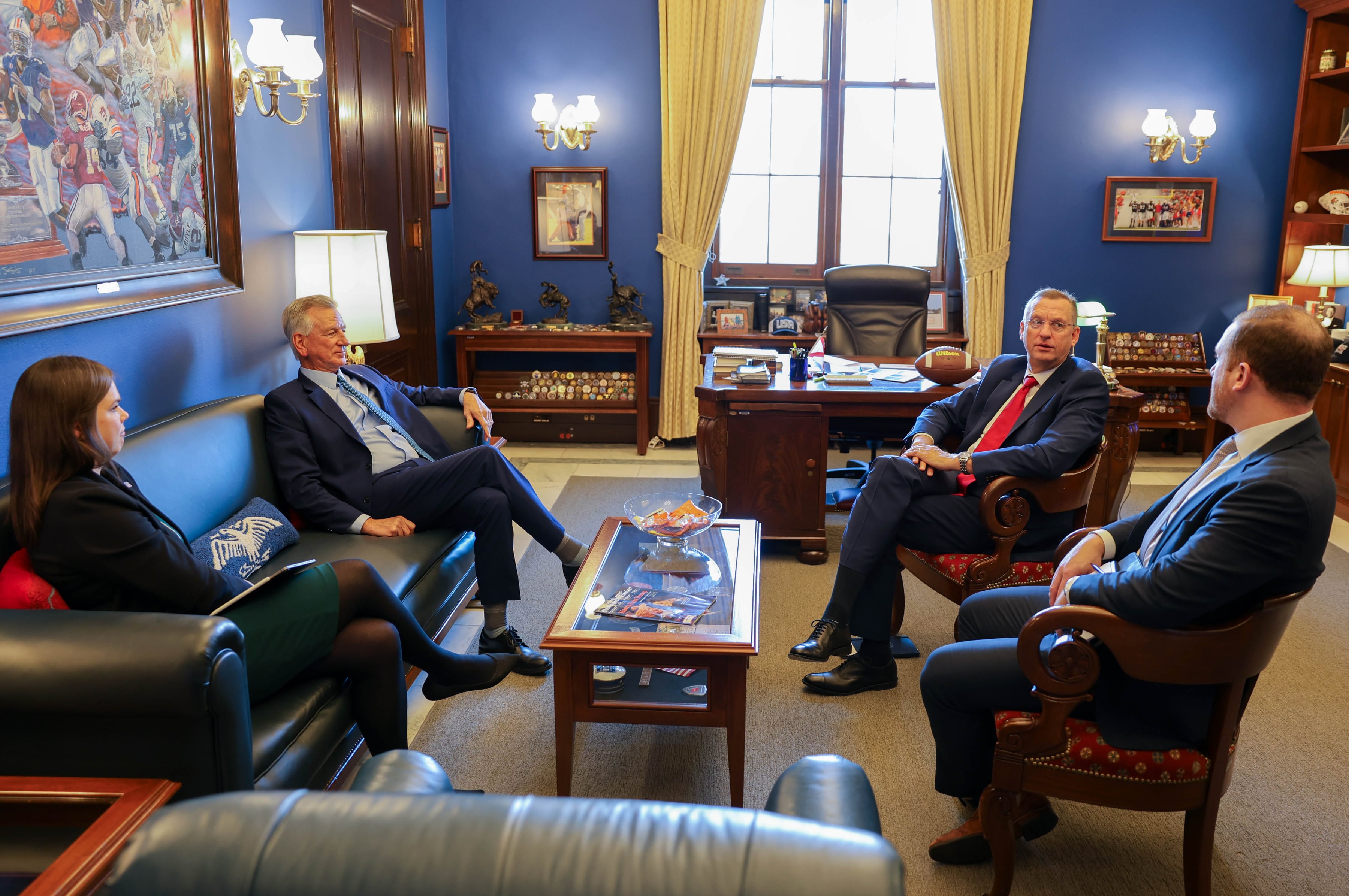FORT BRAGG, N.C. — The whistle wasn't completely unexpected.
For days, the soldiers living in a city of tents and razor wire on Fort Bragg had come to expect the tell-tale screech that mimicked an incoming mortar.
Often, one whistle would be followed by more, sometimes accompanied by gunfire echoing from the tree line outside the small camp or the boom of a mock improvised explosive device just outside the wire.
The soldiers of the 82nd Airborne Division's 1st Brigade Combat Team, in the field for what was termed a culminating training exercise, had to react quickly.
Paratroopers donned body armor and took defensive positions along the edge of the camp. Others cared for the wounded, felled not by any blast but instead by an observer with a stack of cards listing mock injuries.
As soldiers ran forward with litters, one paratrooper decided there was no time to waste and, hefting a colleague over his shoulders, took off running to a small hospital tent.
"We're trying to eliminate complacency," explained Lt. Col. Kwenton Kuhlman as he stood to the side and watched his soldiers react to the attack. Kuhlman, commander of the 2nd Battalion, 504th Parachute Infantry Regiment, made mental notes as he looked on with other battalion leaders.
"We're stressing them. You want to stress people a little bit. You want to push people — see how they react, see how they maintain focus."
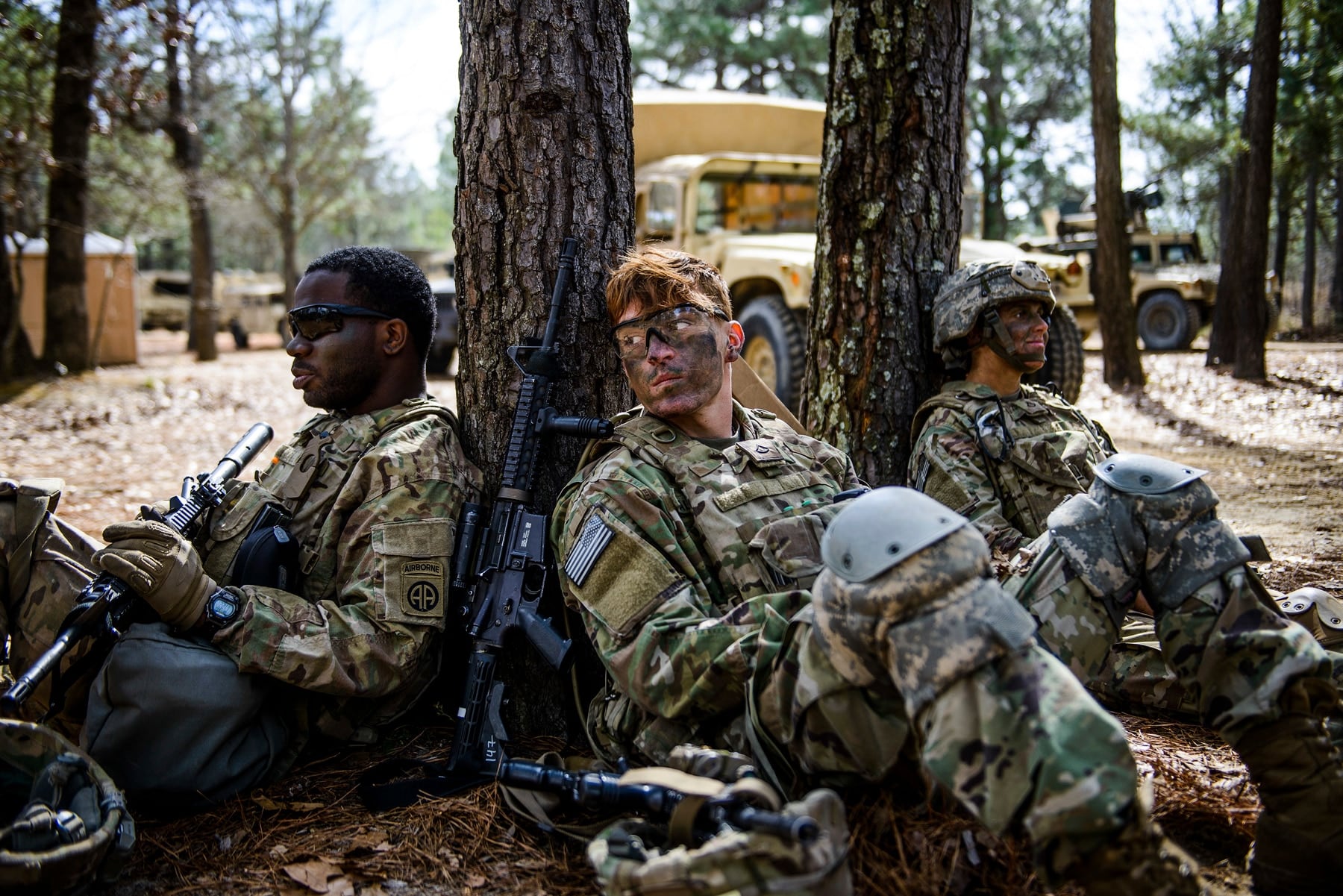
Pfc. Jacob Alger, middle, Spc. Shalaire Johnson, left, and Pfc. Haley Mahoney, right, engineers with the 1st Brigade Combat Team, 82nd Airborne Division rest between training iterations on March 22, 2017, on Fort Bragg, N.C. The soldiers are among 1,500 expected to deploy to Afghanistan later this year.
Photo Credit: Shane Dunlap /The Fayetteville Observer via AP
The soldiers and their commanders treated the exercise with such importance because soon the sounds of mortars and gunfire could be real. The training was a dress rehearsal for a coming nine-month deployment, a final exam of sorts before the battalion and its sister units within the Devil Brigade leave for Afghanistan this summer.
Last month, the Army made it official that approximately 1,500 paratroopers from 1st Brigade will be serving in Afghanistan later this year. Another 400 will deploy to eastern Europe to join a long-standing peacekeeping mission in Kosovo.
The preparations for those deployments have been months in the making — long before the news of the deployment was public. Soldiers were introduced to new and went through an increasingly complex series of training exercises on Fort Bragg, the latest of which was conducted with help from officials based out of the Joint Readiness Training Center at Fort Polk, Louisiana.
Col. Tobin A. Magsig and Command Sgt. Maj. Robert Cobb, the brigade leadership team, have pledged the paratroopers will be prepared for the missions that await them.
"We have to be ready for anything," Magsig said.
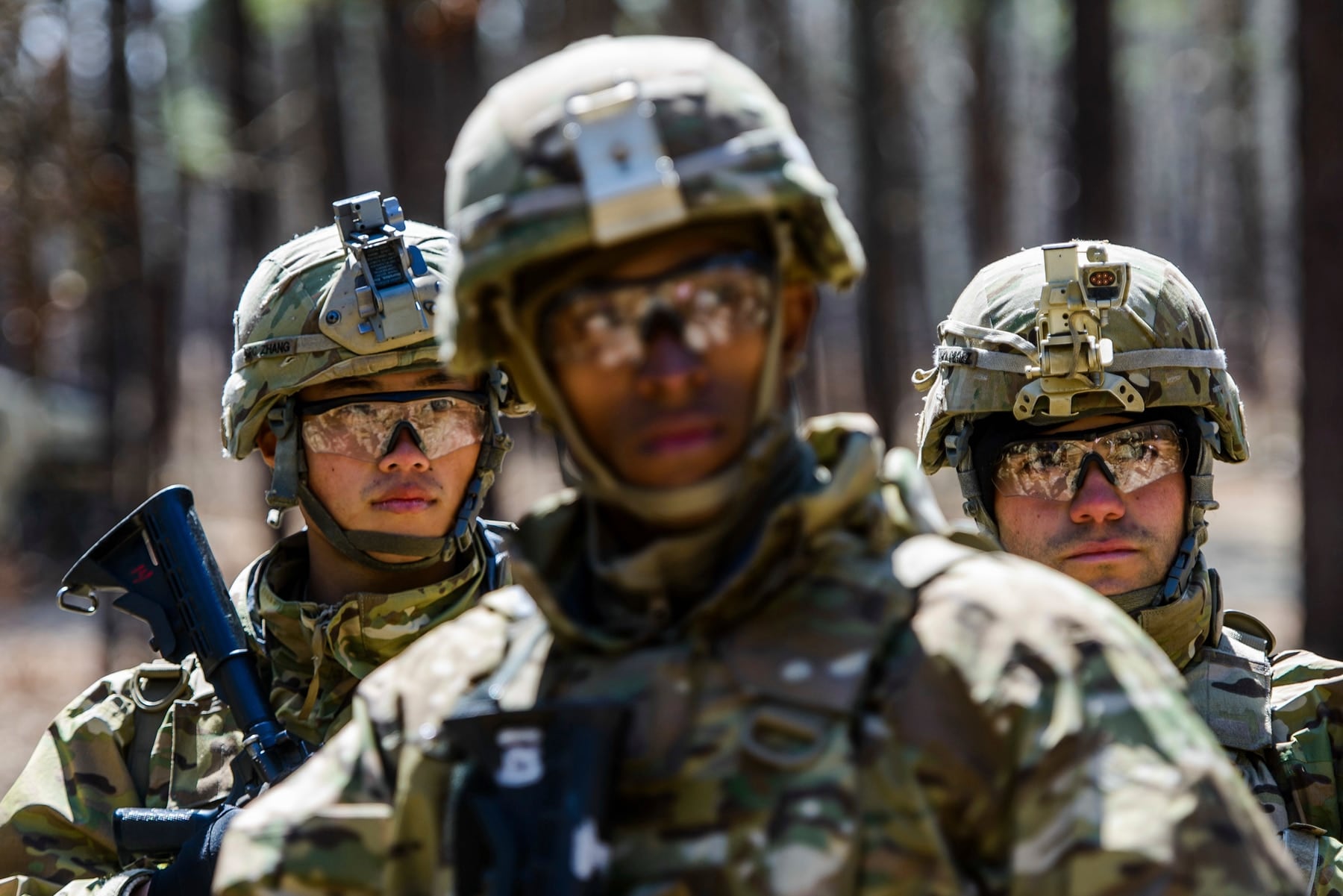
Paratroopers from the 1st Brigade Combat Team, 82nd Airborne Division listen to instructors during a training exercise focusing on personal security detail on March 15, 2017, on Fort Bragg, N.C.
Photo Credit: Shane Dunlap /The Fayetteville Observer via AP
Devil Brigade paratroopers will take on roles providing base security, protecting high-ranking military and government officials, serving as Theater Reserve Forces and training, advising and assisting Afghan security forces.
Once the soldiers are deployed, the 82nd will field one of the largest U.S. units in America's longest-running war. And it is possible more paratroopers could join them.
Currently, there are approximately 8,400 U.S. troops in Afghanistan, but U.S. officials, including Army Gen. John Nicholson, commander of the Resolute Support Mission, have asked for a "few thousand" additional troops to bolster efforts in the country. The U.S. forces are focused on training and advising Afghans in the fight against the Taliban and other insurgent groups.
President Trump is reportedly considering expanding the American military role in Afghanistan and increasing the number of troops in the country. If that happens, the 1st Brigade could play an even larger role.
Officials with the brigade have said the unit stands ready for whatever is asked of it. And while fewer than half of the soldiers in the brigade will deploy, the paratroopers who remain at Fort Bragg will be on "standby — prepared to surge forward if needed."
Manufactured dangers
At Fort Bragg last month, 1st Brigade paratroopers put some of the final touches on their preparation for the deployment.
Training held across Fort Bragg and elsewhere dating to last year led up to the massive exercise involving thousands of soldiers. The culminating training exercise was conducted over a large swath of Fort Bragg last month, with training areas spread across the sprawling Army post meant to mimic major Afghan bases such as the Kandahar and Bagram airfields.
The designers of the training did their best to replicate the challenges of a deployment and the missions the paratroopers will take on.
Kuhlman's paratroopers, the White Devils of the 2nd Battalion, 504th Parachute Infantry Regiment, prepared to defend.
In Afghanistan, they'll oversee security for a tactical base and serve as a quick reaction force to deal with attacks around it.
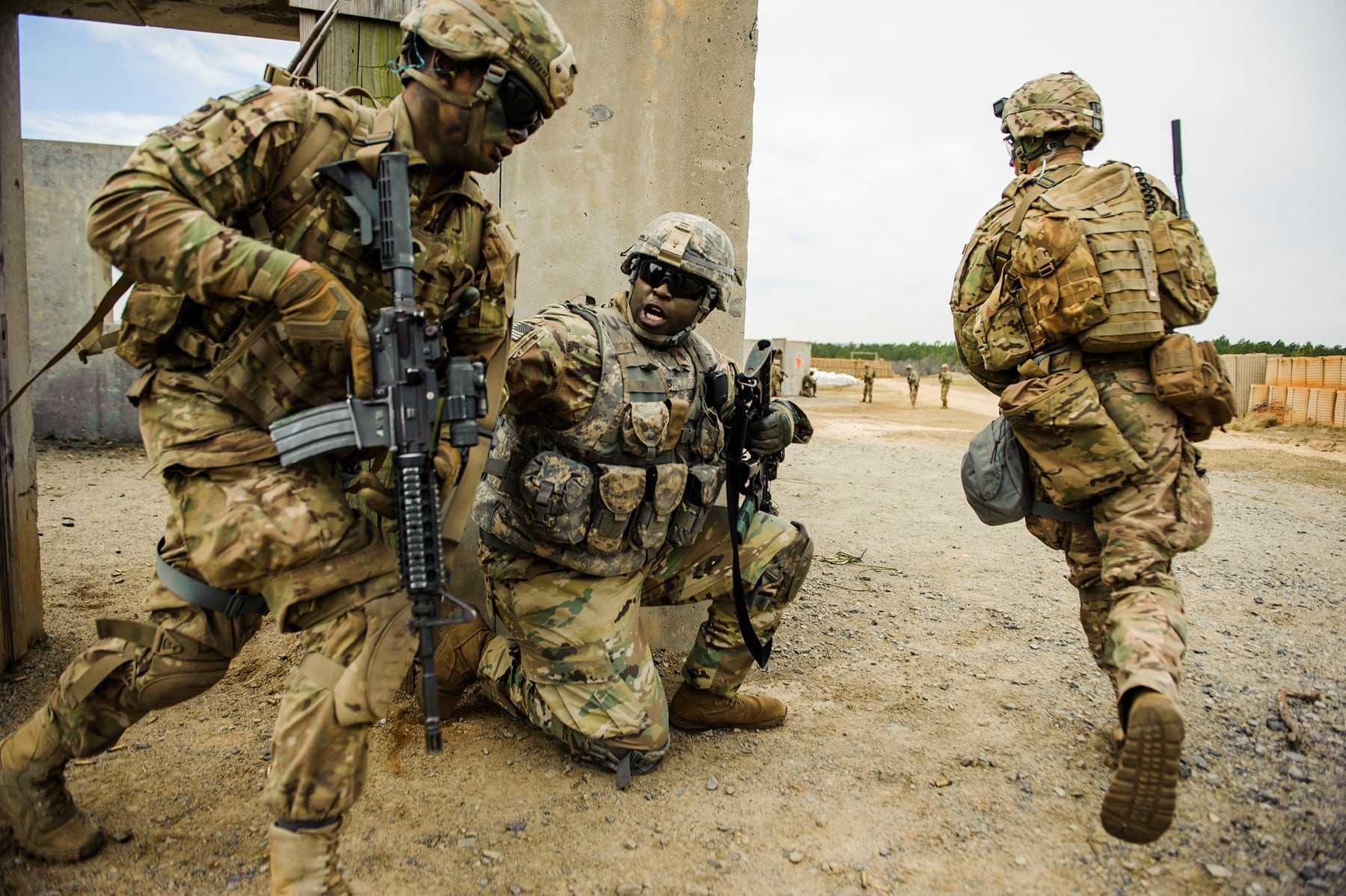
Soldiers with the 1st Brigade Combat Team, 82nd Airborne Division clear a corner during a live fire training exercise on March 22, 2017, on Fort Bragg, N.C.
Photo Credit: Shane Dunlap /The Fayetteville Observer via AP
Kuhlman said the soldiers will be aggressive in their defense, monitoring surveillance systems and patrolling outside the wire to keep the enemy from settling in. They'll regularly partner with Afghan security forces, including the army, police and border police.
On Fort Bragg, the expectations for the deployment were put into practice, with a constant cat-and-mouse game between the defending paratroopers and a group of soldiers playing the role of opposition forces.
The latter would regularly launch probing attacks or make attempts to get past soldiers guarding the entrance to the camp with deception or brute force.
"It's a very active OPFOR," Kuhlman said. "Their goal is to get on the base. Our goal is to keep them off."
Amid the pine and sand of Fort Bragg, and the manufactured dangers of the training environment, leaders fine-tuned methods to track forces, tested communications and made other preparations for the deployment.
Capt. Michael Makrucki, commander of C Company in the 2nd Battalion, said the training allowed units to identify areas for last-minute improvement and put the final touches of preparation for the mission on Afghanistan's volatile battlefield.
"We're getting a lot better," he said. "It's almost like a full dress rehearsal."
Kuhlman said the training was as realistic as possible.
"You want to walk away with increased confidence," he said. "This has been a good exercise to make us think through a lot of things. We're ready to go to war and when we get there, we know what we're doing."
Capt. Brian Sells, commander of the battalion's B Company, said the training was important to allow commanders the opportunity to see strengths and address weaknesses.
"Where can we get better?" he asked. "It's rehearse and refine. How can we be more efficient? How can we do better next time?"
From squad to brigade
Long before the large exercise last month, 1st Brigade had to first begin at the smallest tactical level, with squad live-fire exercises held early in the year.
From there, officials upped the complexity, to platoon and then company-sized exercises in April.
The latter involved displays of firepower, with small arms, artillery, mortars and Apache attack helicopters involved in one large firefight against opposing forces.
The exercises also were an opportunity to break in a new communications system, known as Capability Suite 17.
The Devil Brigade is the first conventional unit to field the new system, Col. Magsig said. It uses newer radios and smart phone-based technology to give leaders a better view of the battlefield in real time, including tracking of key forces and the ability to streamline information from the tactical level back to leaders in operational centers.
Most of the soldiers, including the brigade headquarters, will be based in and around Kandahar, according to officials. But some elements of the unit also will serve in and around Kabul and in parts of eastern Afghanistan.
"We're going to be spread all throughout," said Maj. Jake Hughes, the brigade executive officer.
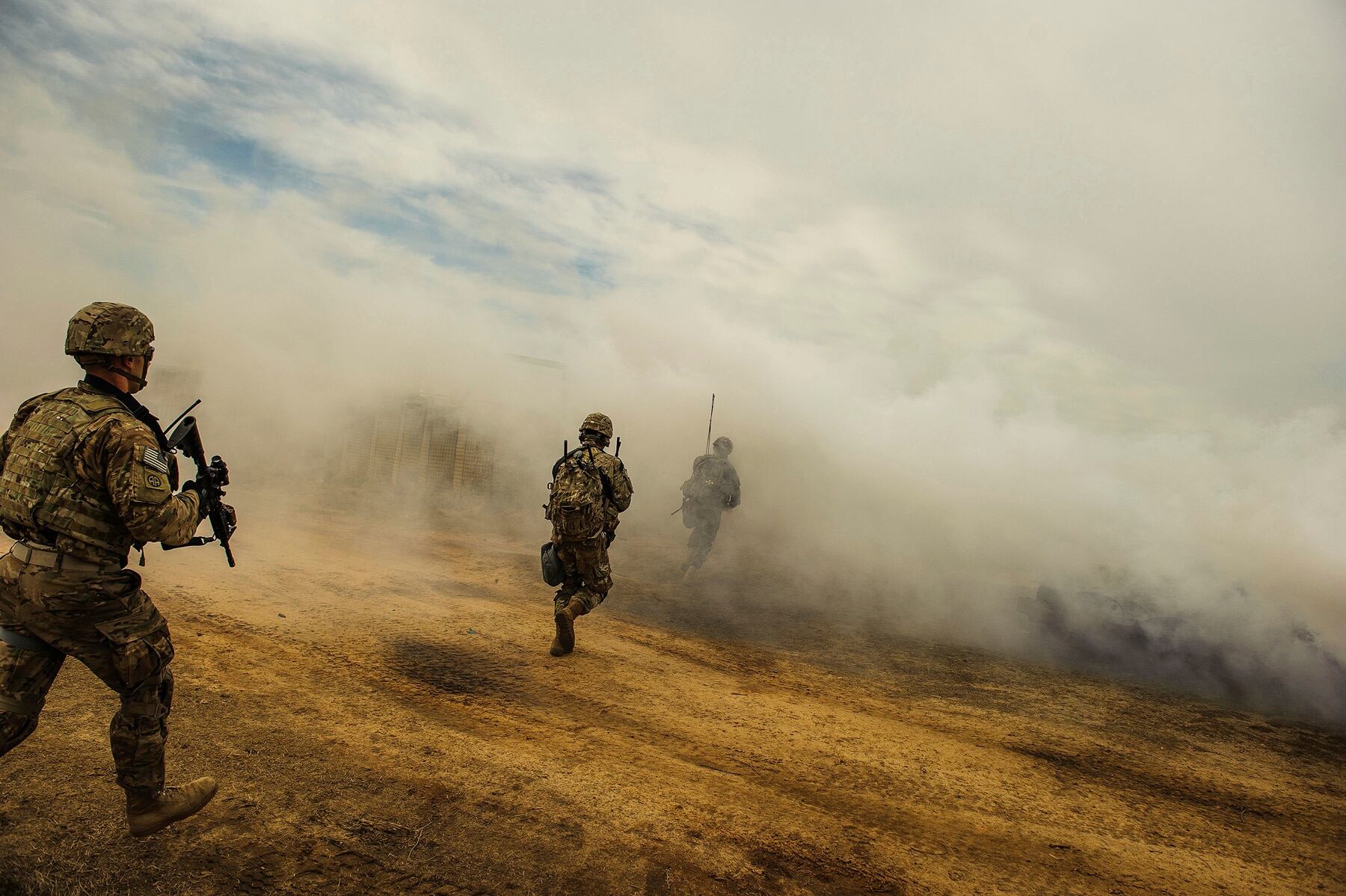
Paratroopers with the 1st Brigade Combat Team, 82nd Airborne Division move through low visibility smoke during a live fire training exercise on March 22, 2017, at Fort Bragg, N.C.
Photo Credit: Shane Dunlap /The Fayetteville Observer via AP
Hughes said the culminating training exercise on Fort Bragg was meant to replicate that distance, with various training areas serving as stand ins for bases in Afghanistan.
Typically, the brigade would have trained at the Joint Readiness Training Center at Fort Polk, Louisiana, Hughes said. But in the interest of time and efficiency, the unit stayed at Fort Bragg and instead Polk-based observers and trainers come to them.
That allowed the brigade to stay focused on its mission without the weeks of logistics work typically needed to support a rotation to the JRTC.
The culminating training exercise involved most of the brigade's deploying troops, save for a squadron task force that deployed in April.
About 300 paratroopers led by the 3rd Squadron, 73rd Cavalry Regiment are already in and around the Afghanistan capital of Kabul, providing movement and so-called Guardian Angel support — protecting military and government officials from potential attacks.
Magsig, the brigade commander, said the live fire exercises were where the brigade first brought things together to ramp up the complexity of the training. It's also when the brigade began forming the teams that will make up the individual task forces that will work together while deployed.
Cobb, the senior enlisted leader for the brigade, said the exercises help build relationships.
"It's not just the big pieces, it's the small pieces you have to get right," he said. "It's not just the big muscle movement. . When they leave here they have the confidence in the paratroopers to their right and their left."
It also was an opportunity for brigade leadership to get to know the unit ahead of the coming deployment. Magsig took command on March 1 and Cobb took responsibility in February.
"We're both very impressed," Magsig said in April. "We expect them to execute at a very high level."



